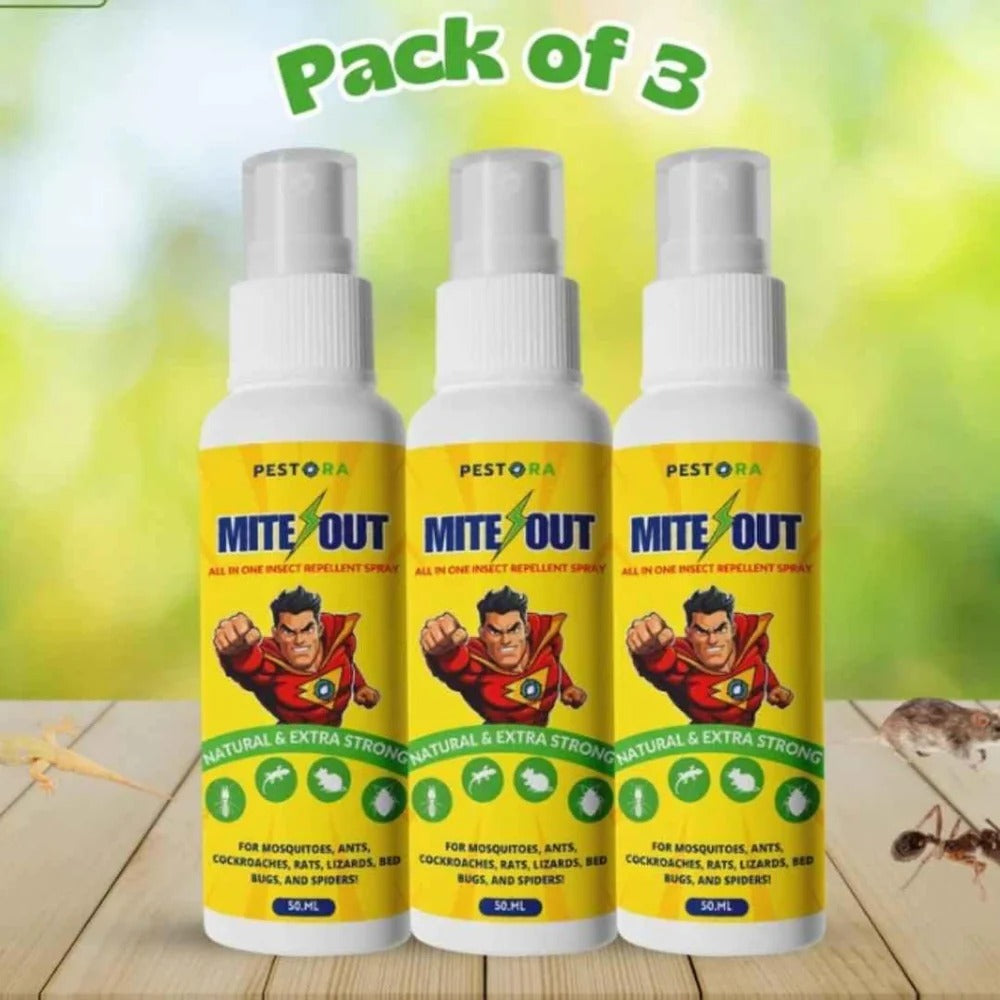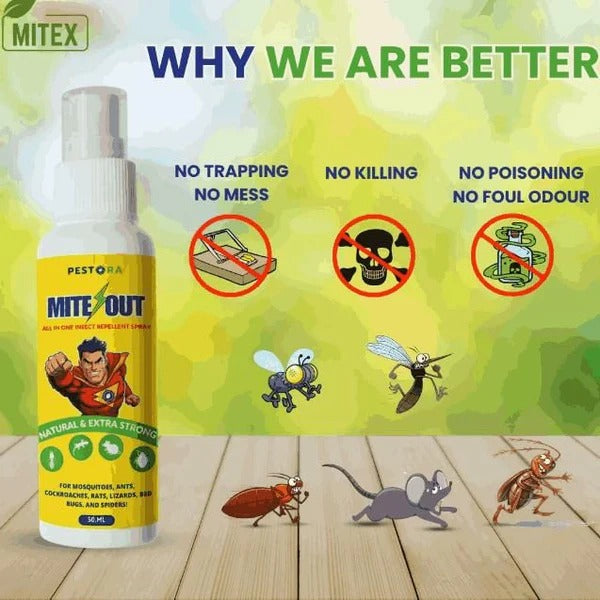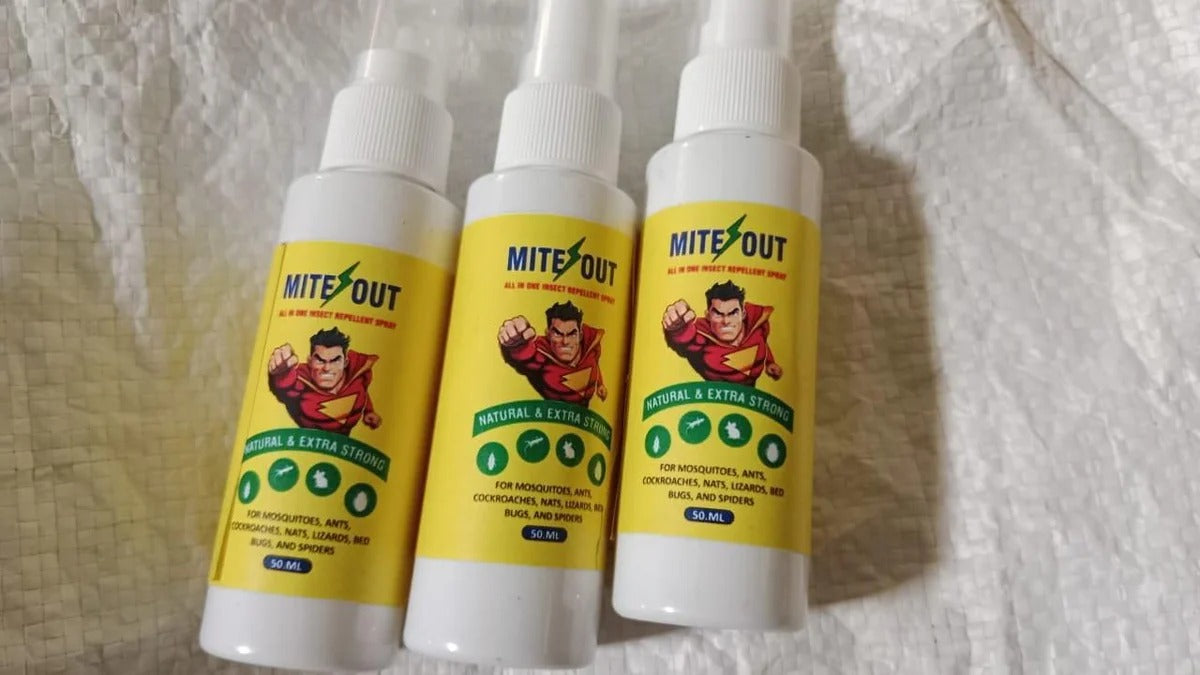.4.9⭐⭐⭐⭐⭐(52,254
Pestora Mite Out 50ML | BUY 1 GET 2 FREE | ⭐️⭐️⭐️⭐️ 4.9/5 Reviews
Pestora Mite Out 50ML | BUY 1 GET 2 FREE | ⭐️⭐️⭐️⭐️ 4.9/5 Reviews
If you face any issue with the product, you can return it within 7 days. ( अगर आपको उत्पाद में कोई समस्या होती है, तो आप इसे 7 दिनों के भीतर वापस कर सकते हैं।
Return & Refund Policy
Return & Refund Policy
If you face any issue with the product, you can return it within 7 days.(अगर आपको उत्पाद में कोई समस्या होती है, तो आप इसे 7 दिनों के भीतर वापस कर सकते हैं।
B
oric Acid is a versatile compound with a variety of uses, ranging from industrial applications to household cleaning. Here's a detailed description of boric acid:
Chemical Composition
- Chemical formula: H₃BO₃ or B(OH)₃
- Molecular structure: Boric acid consists of boron, oxygen, and hydrogen. It is a weak acid that is often found in the form of a white, odorless, crystalline powder or as a colorless, odorless solution when dissolved in water.
Properties
- Appearance: It typically appears as a white, crystalline powder or colorless crystals.
- Solubility: Boric acid is soluble in water, alcohol, and glycerol.
- pH: It is a weak acid with a pH around 5 in its water solution.
Natural Sources
Boric acid occurs naturally in volcanic areas and is found in minerals like borax and colemanite. It is also present in seawater in small amounts.
Industrial and Commercial Uses
-
Pest Control: Boric acid is commonly used as an insecticide. It is effective against ants, cockroaches, termites, and other pests. It works by acting as a desiccant, dehydrating the insect, or by interfering with its digestive system.
-
Antiseptic: Boric acid has mild antiseptic properties, making it useful for treating minor cuts, burns, or skin irritations. It's sometimes found in eye drops for treating eye infections like conjunctivitis.
-
Fungicide: It is used to control fungal growth, including molds and mildews.
-
Industrial Applications: Boric acid is utilized in the manufacture of glass, ceramics, fiberglass, and fiberglass insulation. It is also used in the production of heat-resistant materials due to its ability to lower the melting point of glass.
-
pH Buffering: In swimming pools and cosmetics, boric acid can act as a pH stabilizer, helping maintain the desired balance.
-
Flame Retardant: It is used as a flame retardant in some materials, helping to prevent fire hazards, especially in textiles.
-
Water Treatment: Boric acid is sometimes used in water treatment systems to control algae growth and improve water quality.
-
Cosmetic and Personal Care: Some cosmetic products, like creams and lotions, include boric acid due to its antimicrobial properties. It's also found in some deodorants and hair treatments.
Safety and Toxicity
While boric acid is generally safe when used properly, it can be toxic if ingested in large amounts. It can cause nausea, vomiting, and diarrhea if swallowed and may irritate the skin or eyes. Prolonged exposure can lead to more severe health effects. Therefore, it's important to use boric acid with care, especially in homes with children or pets.
- Ingestion: Toxic if consumed in large quantities.
- Skin contact: May cause skin irritation or allergic reactions in some people.
- Inhalation: Breathing in the dust can irritate the respiratory tract.
Environmental Impact
Boric acid is not considered to be highly toxic to the environment, but excessive use, especially in water, can harm aquatic life.
Conclusion
Boric acid is a useful and versatile compound with applications ranging from pest control to industrial manufacturing. However, it should be handled with caution due to its potential toxicity when misused or overused. It remains a common ingredient in many household products due to its effectiveness as an insecticide, antiseptic, and disinfectant.
.
Share











